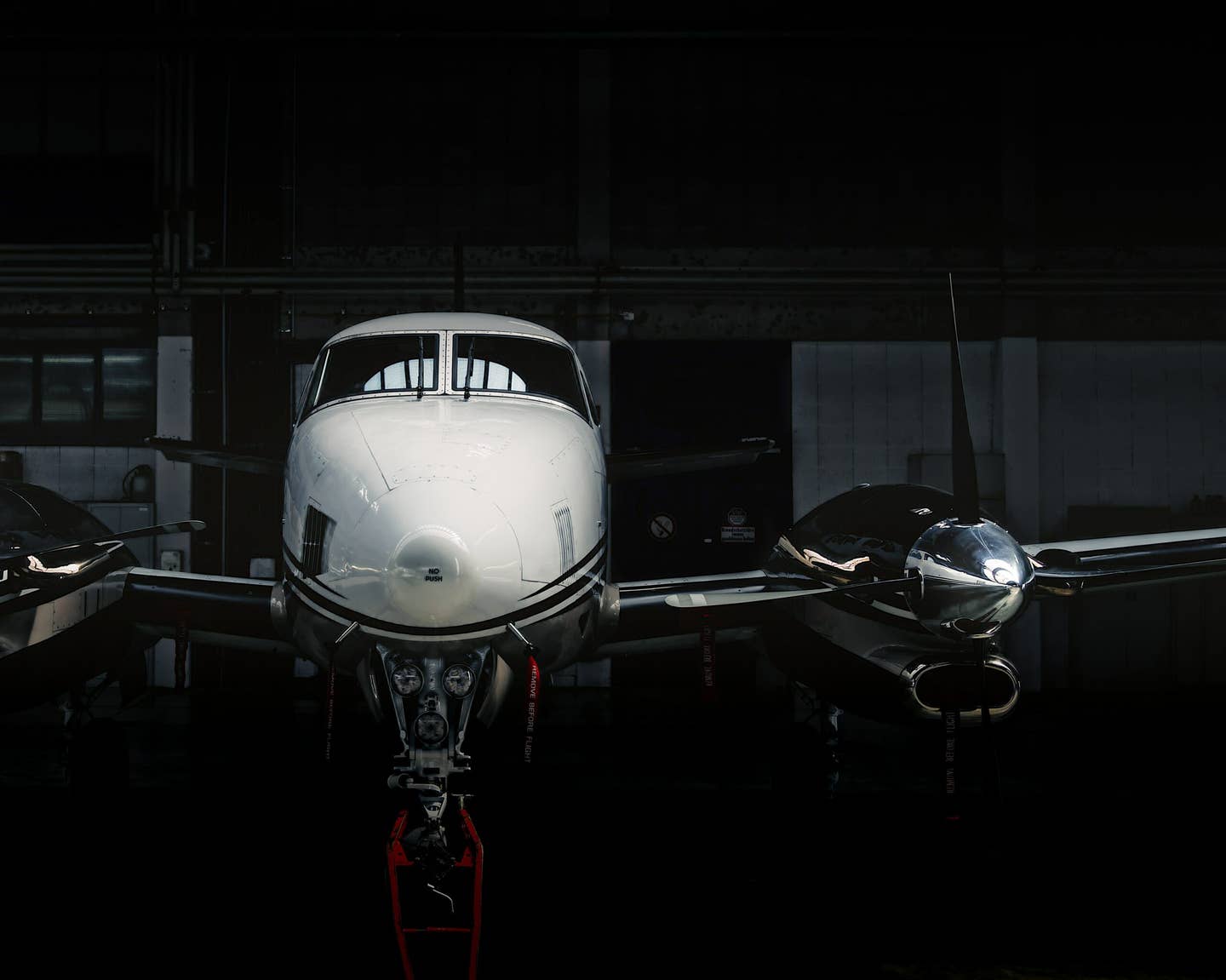
Understanding the details of Marginal VFR Flight Rules is one of the most important aspects of flying safely in any conditions. [Credit: Unsplash]
MVFR or marginal visual flight rules refers to the set of rules laid out for flying within the ceiling of 1,000-3,000 feet or 3 to 5 miles visibility. Since there are so many rules to remember for specific flying conditions, remembering the guidelines for Marginal VFR can be challenging. Although keeping marginal VFR flight rules top of mind is difficult, remembering the specifics around is one of the most vital aspects to navigating the skies safely, in any condition. Some facts about marginal VFR flight rules to keep in mind include:
Can You Fly in Marginal VFR?
Among the key aspects of marginal VFR flights to keep in mind, not many are more crucial than knowing when marginal VFR can be safely flown and when pilots should avoid attempting to make marginal VFR flights. Some examples of when VFR flights shouldn’t be attempted are when temperatures are hovering around the freezing mark and when low clouds are beginning to move in. More common questions about marginal vfr flights include:
What Are VFR Flight Rules?
VFR flight rules refer to a set of standards that pilots adhere to when weather conditions are clear enough for the pilot to visibly tell where the plane is headed.
What Does Categorical Outlook MVFR Mean?
The phrase, categorical outlook refers to ceiling and visibility requirements that are part of an area forecast. The categorical outlook MVFR ceiling is 1,000 feet-,3000 feet.
Can a Private Pilot Fly MVFR?
Although private pilots can make MVFR flights, it’s advised that they avoid doing so without experience making MVFR flights with an instructor, unless they’re industry rated.
Can a Student Pilot Solo in Marginal VFR?
Student pilots are not allowed to make solo marginal VFR flights.
What Is the Difference Between SVFR and MVFR?
The difference between SVFR and MVFR is that SVFR stands for special visual flight rules. This specification allows pilots to fly within the lateral boundary of a secured airspace to land with at least a mile of flight visibility free of clouds. This specification can be granted by ATC upon request, but if the request is made at night the only way it’ll be approved is if the commanding pilot is instrument rated while flying an aircraft certified by the IFR.
Example of Marginal VFR Flight Rules
Simply put, pilots making marginal VFR flights will encounter numerous obstacles when it comes to safely making their flights because of the visual limitations they’re faced with. For instance, pilots flying under marginal VFR flight rules are more likely to be faced with conditions that create low ceilings like morning fog or cloudy weather.
Categories of Flight Rules
Other categories of flight rules besides marginal visual flight rules include:
Visual Flight Rules (VFR)
Visual flight rules are the guidelines pilots must follow when flying under conditions that provide enough clarity for them to see where their plane is headed.
Marginal Visual Flight Rules (MVFR)
Marginal visual flight rules are the guidelines pilots take when they are limited to 3 to 5 miles of visibility or flight ceilings that are between 1,000 and 3,000 feet.
Instrument Flight Rules (IFR)
Instrument flight rules refers to the set of standards that pilots follow when operating an aircraft under conditions where Visual Flight Rules can’t be adhered to.
Low Instrument Flight Rules (LIFR)
Low instrument flight rules are pretty much identical to instrument flight rules (IFR), except for the fact that LIFR conditions take effect only when ceilings are less than 500 feet and visibility is less than a mile.
Advantages of Flying VFR
The main pros of flying VFR are flexibility and freedom. Once a pilot has mastered their ability to make VFR flights, they can go wherever they want whenever they want. They aren’t bound to the same weather restrictions as pilots without expertise in making VFR flights.
Disadvantages of Flying VFR
The disadvantages of making VFR flights include the facts that they take more preparation and they can require pilots to make adjustments mid-flight.
Visual Flight Rules (VFR) vs Instrument Flight Rule (IFR)
Visual flight rules can be used under any circumstances where conditions allow pilots to clearly see where they’re going in their aircrafts. When that is not the case, instrument flight rules come into play because those flight rules are conditioned to help pilots safely navigate their aircrafts regardless of whether or not weather conditions allow them to see.
Where to Get More Insights About Visual Flight Rules
There are a multitude of flight rules for pilots and people interested in aviation to keep track of. The problem for many people is finding a trusted resource that provides thorough details about the numerous flight rules pilots need to stay abreast of. Fortunately people interested in aviation topics can subscribe to FLYING Magazine for more details and information about flight rules.

Sign-up for newsletters & special offers!
Get the latest FLYING stories & special offers delivered directly to your inbox






